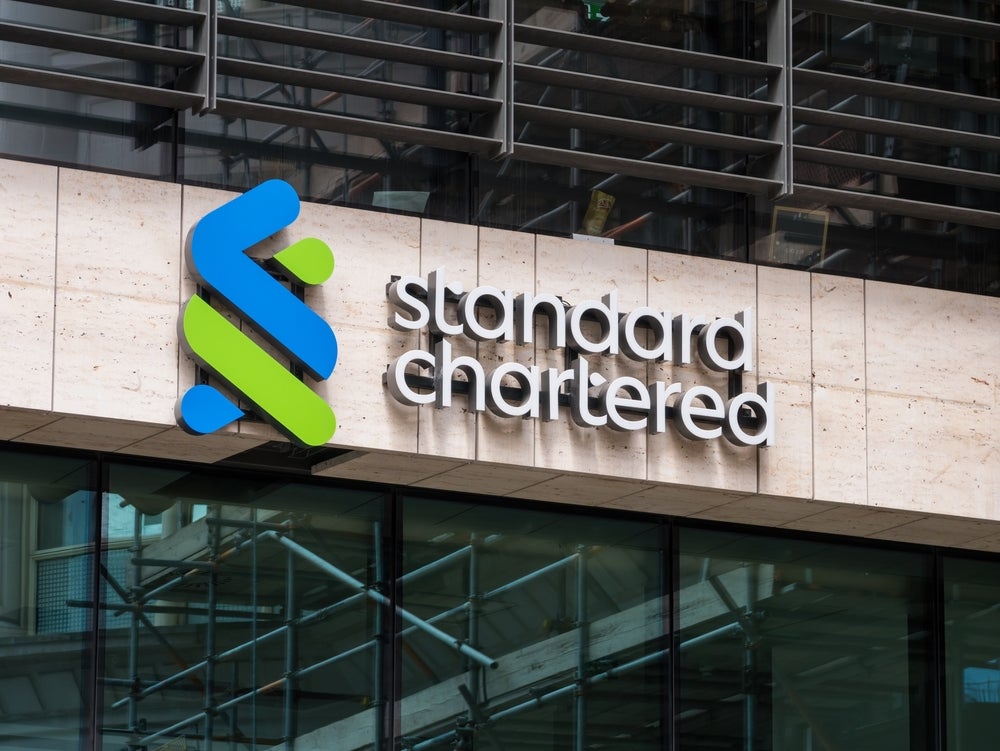France’s and Europe’s largest bank by branch
network, Crédit Agricole, has finally unveiled its long-awaited
business strategy – and the targets for its retail banking business
under its Commitment 2014 programme are ambitious indeed:
Jean-Paul Chifflet, Crédit Agricole’s CEO,
outlined the bank’s chief targets as a re-modelling of the banking
structure into a universal one, thus creating synergies between
business lines, as well as investments in IT and multichannels.
Financially, Crédit Agricole’s key
targets include:
- Growing group net banking income from €34.2bn
(2010) to more than €40bn by 2014; - Growing group net income from €3.6bn
(end-2010) to €9-10bn by 2014; - An increase of banking income from
international retail banking operations between 10-12% each year
until 2014 (2010: €2.96bn); - A 60% increase in customer deposits to over
€30bn in Crédit Agricole’s international retail banking
business; - An average increase of net banking income
between 2-3% each year until 2014 from French retail banking
operations (2010: €3.95bn); - Growing its domestic net banking income by a quarter to €25bn
by 2014; - A 83% rise in net income from Italy by 2014 to €417m;
- The opening of 450 branches across its international retail
banking network – 50 of which in will be in Italy, and - Acquiring 400,000 new customers per year by 2014 in its
regional banking business in France, including 180,000 young people
and young professionals.
Other targets, albeit not specifically
outlined as targets for 2014, include:
- Turning its debt-ridden Greek subsidiary into
a profitable business and return to a break-even point by 2012
through extensive training of new employees, and - Building a fully-fledged retail bank in
Poland via its consumer finance subsidiary Lukas, - and consolidating and pooling together its five regional
IT systems in France (a project called NICE, short for Nouvelle
Informatique Convergente Evolutive) by 2013 – which will save the
bank €150m per year.
Chifflet acknowledged: “These targets are
ambitious, I know – but they are here to stay and we will stick to
them.”
But one key aspect of Commitment 2014
remained vague: Just how exactly is the bank going to achieve
these, what products, what services will set the bank apart from
other competitors?
How well do you really know your competitors?
Access the most comprehensive Company Profiles on the market, powered by GlobalData. Save hours of research. Gain competitive edge.

Thank you!
Your download email will arrive shortly
Not ready to buy yet? Download a free sample
We are confident about the unique quality of our Company Profiles. However, we want you to make the most beneficial decision for your business, so we offer a free sample that you can download by submitting the below form
By GlobalDataMultichannels were mentioned, a heavy
investment in the consolidation of its IT system, too – but details
on products or particular services remained vague.
Granted – Crédit Agricole has taken the lead
and rolled out the first mobile payments solution on the French
market, titled
kwixo, and has – as the only French bank – received recognition
for its iPhone app Mon Budget as recent as 8 June (by the
France-based Stratégies magazine and the Marketing Mobile
Association France).
But the “strong and clear ambition” that
Chifflet talked about, in particular in regards to Italy, seemed to
be limited to the financial targets, with little insight into
particular products and/or services.
Details that the bank revealed during an
investor day included the following:
A universal banking
project
Under Crédit Agricole’s more customer-centric
approach, retail banking will compromise individual customers,
small businesses, farmers, local authorities and institutional
customers.
The retail banking business will create
synergies with the so-called specialist business lines, which
compromise key business segments such as payments, insurance,
savings.
Italy
first
Italy is the bank’s first market to have
Crédit Agricole’s universal banking model applied.
There, the group’s local retail banks –
Cariparma, Friuladria and Carispezia – will create synergies with
the bank’s key joint ventures with Agos Ducato (for consumer
finance), Gruppo Bancario Iccerea and FGA capital (for auto
leasing).
Chifflet said that the bank would target “selective growth” in
Italy, but emphasised that inorganic growth was out of the
question.
Italy is Crédit Agricole’s second largest
market outside of its domestic business in France with 963
branches, 1.7 million customers and 9,000 employees. As of
end-2010, it held €84bn of deposits.
Key targets in Italy
include:
- A €325m investment;
- A €120m investment in its multichannels;
- A 83% rise in net income by 2014 to €417m;
- Opening of 50 branches by 2014;
- A 5% rise in retail credits to €25.2bn, and
- Attracting 90,000 new young customers.
Sticking with Emporiki
Despite having one of the highest exposures
among foreign banks to Greece’s debt, Crédit Agricole will stick to
its loss-making Greek subsidiary Emporiki.
Bruno de Laage, Crédit Agricole’s deputy CEO
in charge of retail banking and specialised financial activities,
told RBI that despite being the “most difficult country”
for the bank’s business, Crédit Agricole has “no plans” to
quitt.
The bank had announced near the end of
May that it would buy the remaining 4% stake it has in Emporiki and
is taking stricter measures to turn the business around.
“We are investing a bit in IT technology [it
is not as much a priority as it is in the French system]- but our
focus is instead on human resources. We are not satisfied with the
sales figures in branches, whether that is on a daily, weekly or
monthly basis, they are too low for our standards,” de Laage
revealed.
As part of its ambition to turn around
productivity at Emporiki, the bank has been decreasing the number
of staff, and, to a certain extend at least, employing new staff to
train for more sales-driven advisory roles, de Laage said.
Although he did not disclose exact sales per
staff or per branch, de Laage said that the bank aims to increase
sales by a fifth in the course of the next three years.
When Crédit Agricole bought Emporiki in 2006,
it had 6,000 staff – a figure that was cut to 5,500 by the end of
2008 and amounted to 4,650 by the end of 2010. This included 300
new hires.
Staff are now set stricter requirements to
meet sales targets – part of the bank’s strive to slash the current
cost-income ratio of 71% (as of end-2010) to under 55% by 2014.
Focus on higher sales targets
Bank branches have also been cut since the
acquisition of Emporiki, by between 40 and 60, leaving Emporiki
with a branch network of 320.
The bank plans to cut another 10 branches
between 2011 and 2012 to concentrate of areas with high sales
potential, de Laage said.
Emporiki has a market share of 8.5% and is the
sixth biggest bank by branches in Greece.
Although de Laage was anxious to emphasise
that its employees in Greece were not leaving due to forced
redundancy, he admitted that Greece’s new retirement law, which was
enacted last year, worked to the bank’s advantage – as more staff
decided to leave the bank.
“Our objectives [to decrease staff
numbers] was facilitated by the new retirement law’,” he said.
Read the full Q&A with de Laage here.






